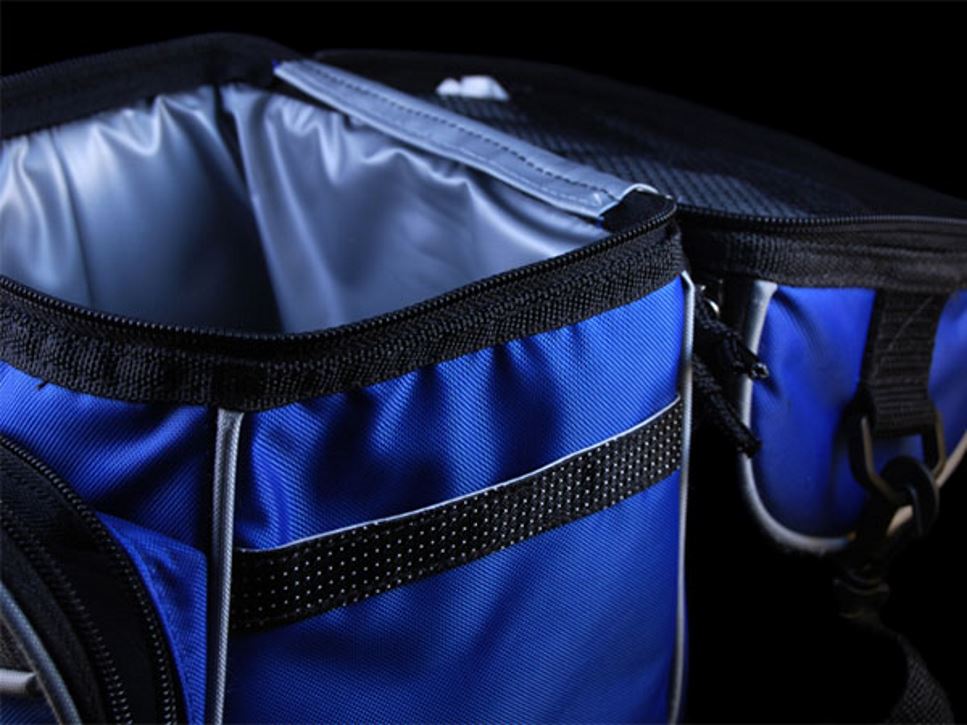We've all been guilty at one time or another of putting a frozen meal in our work bag or a sandwich in our backpack in the morning and forgetting about it until lunchtime.
However, lunches containing perishable foods should never be left out of refrigeration for more than two hours, (one hour if the temperature is above 90 degrees Fahrenheit). Reduce your risk of food poisoning with these tips to keep food safe as it travels from the kitchen to the school cafeteria or office.
- The one- to two-hour countdown starts the minute you make lunch, not when you get to school or the office.
- Invest in an insulated lunch box for every member of the family and don't forget to wash the lunch boxes on a daily basis.
- Find out if your children have access to a refrigerator at school, and instruct them to put lunches in the refrigerator as soon as they get to school. Take your own advice and put your lunch in the refrigerator or freezer as soon as you arrive at work.
- Always include a frozen icepack (even in an insulated lunch box) to keep perishable foods cold until lunchtime. You also can freeze an individual juice box or bottle of water to serve as an ice pack. By lunchtime, the juice or water should be thawed and ready to drink and foods should still be cold.
- If refrigeration is unavailable at your child's school or if you tend to forget to put your lunch in the refrigerator or freezer when you get to the office, pack shelf-stable foods such as trail mix, cereal, granola bars, bagels, nuts and seeds, carrot and celery sticks, cherry tomatoes, whole fruit, dried fruit, single-serve applesauce and whole-grain crackers.
- About to cook that frozen meal you left on your desk all morning? Stop! Frozen meals are not meant to be defrosted before cooking.
- It's not just about keeping cold foods cold — keeping hot foods hot is just as important. Fill an insulated bottle with boiling water to preheat before storing foods such as soup, chili or stew. These items also can be packed and stored cold, then reheated when you’re ready to eat.
- Don't keep lunch leftovers for an afternoon snack, unless they are put back in the refrigerator within two hours, and tell your kids to always throw away perishable foods right after lunch.
Find a Nutrition Expert
Looking for credible nutrition information and recommendations? The Academy of Nutrition and Dietetics' network of credentialed food and nutrition practitioners are ready to help!

